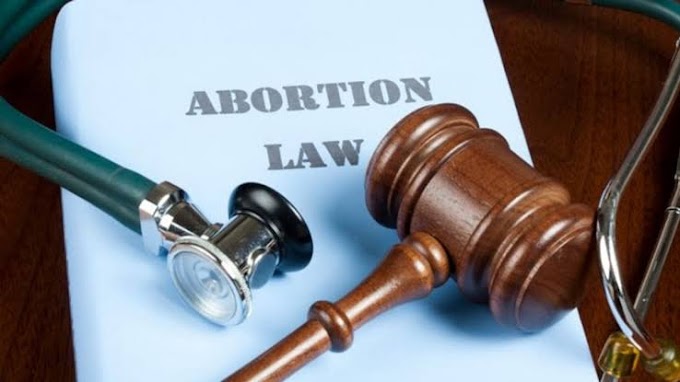Topic -Illegal Drugs Trade Of India
Author -Trisha Pal, a Student of JRSET COLLEGE OF LAW, University of Kalyani
Among the drugs being smuggled into the country in quantity are cocaine, which saw its highest ever total seizure last year (338kg);heroin, which is continuously being pushed into India from across the Pakistan border and marijuana, which is smuggled from Nepal and illegally grown within India.
Drug trafficking through sea routes in the Arabian sea and the Bay of Bengal , estimated to account for around 70% of the total illegal drug smuggled into India. Among the big drug hauls by India agencies is the largest ever, of 2,988kg of Afghan heroin worth rs21,000 crore by the Directorate of Revenue and Intelligence, (DRI) at Mundrport. The increased use of couriers or postal services is also directly linked to increased dark web activity in India.
Drug smuggling is an issue that is gaining international attention, particularly in the Indian Ocean region. The Indian Ocean borders 24 states and account for a third of the world’s ocean area. Previously other challenges such as somali piracy have been at the forefront of international action. However the utilisation of the southern route by drug trafficking and the consequent issues has caused has led to this issue.
The international nature of the high seas, means they have limited policing capabilities which makes the oceans particularly vulnerable to the 12-24 nautical miles surrounding each of the littoral states, the oceans are generally not owned by any particular country. Except for their territorial waters, law enforcement ships can do very little in terms of policing unless a vessel is registered to their own country. These problems are lightened by a lock of international agreement and cooperation resulting in an absence of sufficient boarding of ships in relation to other maritime crimes , such as piracy, but this has not yet been effectively implemented in regards to drug smuggling. In practice, this has meant that vessels suspected of trafficking these illegal substances cannot be boarded by law enforcement, and thus face no legal consequences. Traffickers have taken advantage of this, and are increasingly capitalising on illicit trade through maritime routes of the 400 million containers shipped worldwide in 2009, only 2% of these were inspected.
Many states are directly affected by the drug trade occurs in the India ocean region, both economically and socially. These detrimental effects are felt throughout many different countries, in a variety of ways, such as a possible increase in drug use by the population and lightened levels of corruption.
The major drug laws of India are the Narcotic Drug and Psychotropic substances Act of 1985 was introduced in the Loksabha on 23 August 1985. It was passed by both the House of Parliament and it was assented by the President on 16 September 1985. It came into force on 14 November 1985 as the NARCOTIC DRUGS AND PSYCHOTROPIC SUBSTANCES ACT,1985(shortened to NDPS Act). Under the NDPS Act, it is illegal for a person to produce/manufacture/cultivate, possess, sell, purchase, transport, store and consume any narcotic drug or psychologic substance. Under one of provision of the act, the Narcotics control Bureau was set up with effect from March 1986. The act is designed to fulfil India’s treaty obligations under the single conversation on Narcotic Drugs, conversion on Psychotropic substances, and United Nations Convention Against Illicit Traffic Substances. The act hy been amended three times -in 1988,2001, and most recently in 2014.
The 2014 amendment recognised the need for pain relief as an important obligation of the government. It creates a class of medicines called Essential Narcotic Drugs (ENDS). Power for legislation on EIDS has been shifted from the state governments to the central government so that the whole country now can have a uniform law covering these medicines which are needed for pain relief.
Subsequently, NDPS rules which would be applicable to all states an union territories has been announced by the government of India in May 2015. It also has included 6 drugs namely Morphine, Fentanyl, Methadone, Oxycodone, Codeine and Hydrocodone. According to these rules, there is a single agency the state drug controller who can approve recognised medical institutions (RMI) for stocking and dispensing ENDS, without the need for any other licences. The RMIs are obliged to ensure proper documentation and to submit annual consumption statistics to the drug controller of the state.
The act extends to the whole of India and it applies also to all Indian citizens outside India and to all persons on ships and aircraft registered in India.
The punishment for drug is Indians for less than commercial quantity but greater than small quantity, imprisonment of up to 10 years and fine which may extended to ₹ 1,00,000. For commercial than ten years but may extend to 20 years and shall be liable to a fine not less than ₹1,00,000 by may extend to ₹ 2,00,000.




![Freedom of Speech in India [Indian Supreme court and Law of Sedition]](https://blogger.googleusercontent.com/img/a/AVvXsEiGLLUmLKq5Da6xDZplasOZHKRj-jOhWPkoeuy0_Eq757tUpOiHz-xooXwIlAjF0-hmBfi-TtMIv6on_sVgBXVq4wbWwnbsqLOcNX22S8C2aSq-ZuK3vn9wWAx8tXByYOBfwc0hs6b8RJV84YNFG2greouGKjup6g8kN-xVlchW33VHdSSmrhLC1BUEVbGp=w680)





